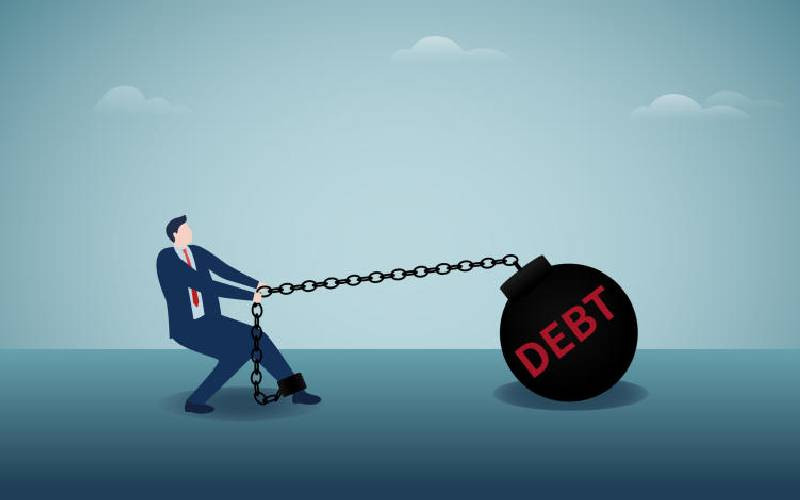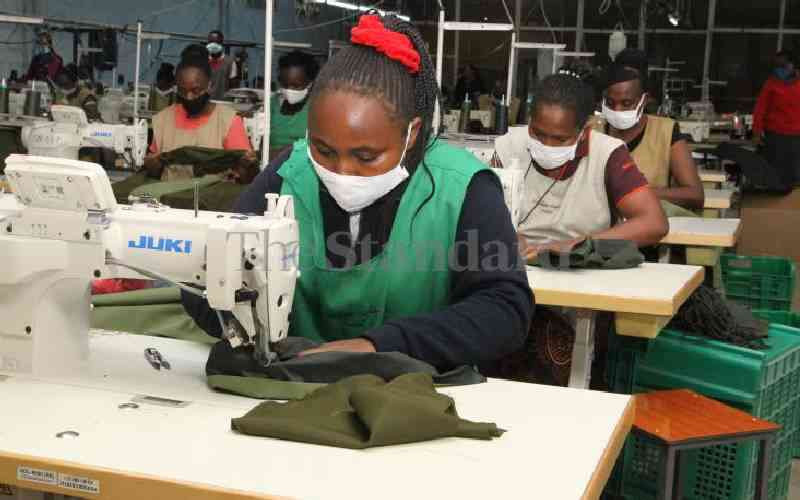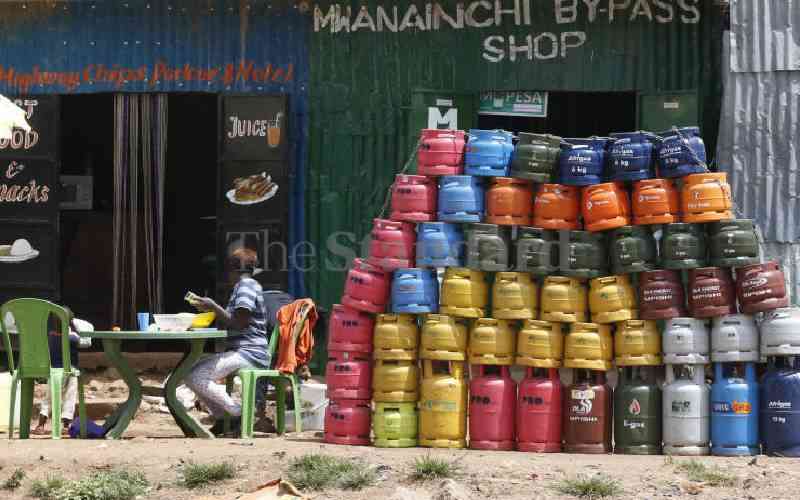We have milked the supposed Kenya-Uganda bilateral sugar trade ‘deal’ over the last fortnight. One of the facts many concur on is that high costs of producing and selling sugar in Kenya, coupled with Government-instituted restrictions on importation of sugar are the two major stumbling blocks to competitiveness of the industry.
The high costs of production renders Kenyan sugar unable to compete favourably with those from other parts of the world where production is more efficient and cost-effective. Players in the sugar sector have argued that one of the main contributors to the high costs of production locally is unfavourable taxation.
The Parliamentary Committee on Agriculture, Livestock and Cooperatives’ report released in March 2015 on ‘The crisis facing the sugar industry in Kenya’ notes that heavy taxation is driving up production costs and recommends that the government offers tax breaks and duty waivers for sugar farm inputs and machinery. Notably, Kenya taxes sugar producers an overall 24 per cent of total production costs, yet competitors from most Comesa (Common Market for Eastern and Southern Africa) countries have abolished such taxes. Compared to other commercial crops in Kenya, save for tobacco that is charged 130 per cent sin tax to discourage consumption, sugarcane is taxed highest. Tea is taxed 21 per cent, coffee 19 per cent and maize and wheat 1 per cent.
There are four main taxes slapped on players in the sugar sector value chain, as in farmers, millers and distributors. They are 16 per cent Value Added Tax (VAT), 4 per cent Sugar Development Levy (SDL), 30 per cent corporation tax and 1 per cent Cess tax previously levied by defunct Local Authorities now taken over by county governments (despite absence of a legislative framework for its administration).
These exclude taxes on inputs in the production of sugar and consumer taxes levied at the point of sale of sugar. To begin with, under the VAT Act, sugar is not classified as a basic food and as such attracts 16 per cent VAT. This is despite calls for sugar to be considered a basic food and be zero-rated. Actually, it would make a lot of sense to classify and treat sugar as a special and sensitive commodity due to its multi-functional role as is the case in many countries.
Fully liberalised
Secondly, in 1992 the government established the Sugar Development Fund (SDF) aimed at financing development of the sugar sector. The fund was to be financed by a Sugar Development Levy (SDL), initially set at 7 per cent but reduced to 4 per cent in 2007 to be levied on both domestic (paid by farmers) and imported sugar. Currently, 0.7 per cent of the 4 per cent SDL is set aside for factory development and rehabilitation, 0.9 per cent for research and extension, 0.7 per cent for sugar development and maintenance, 0.3 per cent for industry infrastructure and 1.4 per cent for Kenya Sugar Board (KSB) administration.
Nonetheless, there have been allegations the fund has been misapplied and largely spent by millers and not farmers from whom it is mostly obtained. Currently, the publicly owned sugar factories combined owe the Government of Kenya, suppliers, banks, KSB and farmers over Sh100 billion.
Lastly, under the repealed Agriculture Act and the Local Governments Act, local authorities were allowed to enact by-laws that charged a 1 per cent cess tax on all agricultural (crop and livestock) produce marketed or on transit within their jurisdiction. Sugarcane farmers have thus been charged 1 per cent tax on the total value of their produce. A Court order in 2015, however barred county governments from levying this tax on the grounds of absence of a legislative framework for its administration.
In addition to the taxes, trade restrictions instituted by the Government of Kenya to protect local sugar producers and help them cope with the possible influx of cheap sugar have kept the prices of sugar relatively higher. This has also provided negative incentives for local producers to increase their competitiveness.
According to the Food and Agriculture Organisation (FAO), if the sugar market in Kenya were to be fully liberalised, the influx of sugar from the Comesa region and the rest of the world would drive down sugar prices by up to 25 per cent. Whilst this would be good news to consumers and manufacturers who use sugar as a raw material, the process would literally kill the sugar industry. It would plummet the profits of the local sugar factories and drive them out of business.
How exactly does the Government of Kenya restrict the market and prevent importation of cheap sugar into the country? Well, the government uses tariffs, non-tariff barriers and quotas that essentially limit how much can be brought in, by increasing the price or making it tedious to import.
The international market is divided by the Kenya government into two segments, countries that lie within the Comesa free trade area and those outside it (non-Comesa countries). In 1994, Kenya entered into a free trade agreement with nine Southern and Eastern African countries (currently 19), a bloc that is known as Comesa that opened the Kenyan market to their goods, in return for preferential treatment of Kenyan exports.
For Comesa countries, logically, the Kenyan market should be open to them to trade. However, due to the problems of the country’s sugar industry, the government managed to negotiate a deal with Comesa in 2004 to allow the country some safeguards - measures to smoothen the transition to a fully liberalised market. These safeguards included allowing Kenya to restrict imports from the Comesa region using a duty free tariff regime that caps imports and charge a tax (ad valorem tariff) to imports exceeding the cap.
These safeguards were meant to expire by February 2008. The government of Kenya has however managed to negotiate the postponement of the lifting of these safeguards twice - in 2011 and 2015. This has ensured that the country continues to restrict the sugar market from free trade in spite of the Comesa agreement until February 2016.
The second category of countries, those outside the Comesa region, are subject to even tighter restrictions that almost completely lock them out of the Kenyan market. All imports from non-Comesa countries are subject to a 100 per cent ad-valorem Common External Tariff (CET). However, due to the scarcity of refined sugar producers in Kenya and in the Comesa region, the government allows imports of refined sugar from non-Comesa countries at a lower 10 per cent ad-valorem tariff. This is however subject to approved duty remission.
Besides tariffs and quotas, the government uses non-tariff barriers to make it difficult to import cheaper sugar into the country. These include requirements for importer registration by KSB, which involves paying an annual fee of Sh100,000, procurement of an import permit for every consignment, application of intent to import sugar obtained from the Kenya Association of Manufacturers and submission of quarterly and annual import returns (that include quantities of sugar imported and usage) to KSB.
Cheap sugar
Put together, these technically lock out imports, working to the advantage of the country’s local sugar producers. However, they work to the disadvantage of ordinary consumers of sugar and sometimes also to local manufacturers in pharmaceuticals, beverages and confectioneries that require refined sugar not produced locally.
Ultimately, the net effect is a protectionist policy that is paid for by consumers. However, it does not necessarily solve the underlying structural issues that make Kenyan sugar non-competitive. Within the framework of such an unfavourable tax regime, even if the government privatised all the State owned sugar factories, it is unlikely that they would survive the onslaught of cheap sugar in a fully liberalised market.
If we are to survive the inevitable full liberalisation of the sugar sub-sector, the government must now comprehensively review and restructure the tax regime in the sugar sector.
—The writer is a research associate and Director for Policy and Research at the Africa Centre for People Institutions and Society (Acepis). @okwaroh
 The Standard Group Plc is a multi-media organization with investments in media
platforms spanning newspaper print operations, television, radio broadcasting,
digital and online services. The Standard Group is recognized as a leading
multi-media house in Kenya with a key influence in matters of national and
international interest.
The Standard Group Plc is a multi-media organization with investments in media
platforms spanning newspaper print operations, television, radio broadcasting,
digital and online services. The Standard Group is recognized as a leading
multi-media house in Kenya with a key influence in matters of national and
international interest.
 The Standard Group Plc is a multi-media organization with investments in media
platforms spanning newspaper print operations, television, radio broadcasting,
digital and online services. The Standard Group is recognized as a leading
multi-media house in Kenya with a key influence in matters of national and
international interest.
The Standard Group Plc is a multi-media organization with investments in media
platforms spanning newspaper print operations, television, radio broadcasting,
digital and online services. The Standard Group is recognized as a leading
multi-media house in Kenya with a key influence in matters of national and
international interest.









